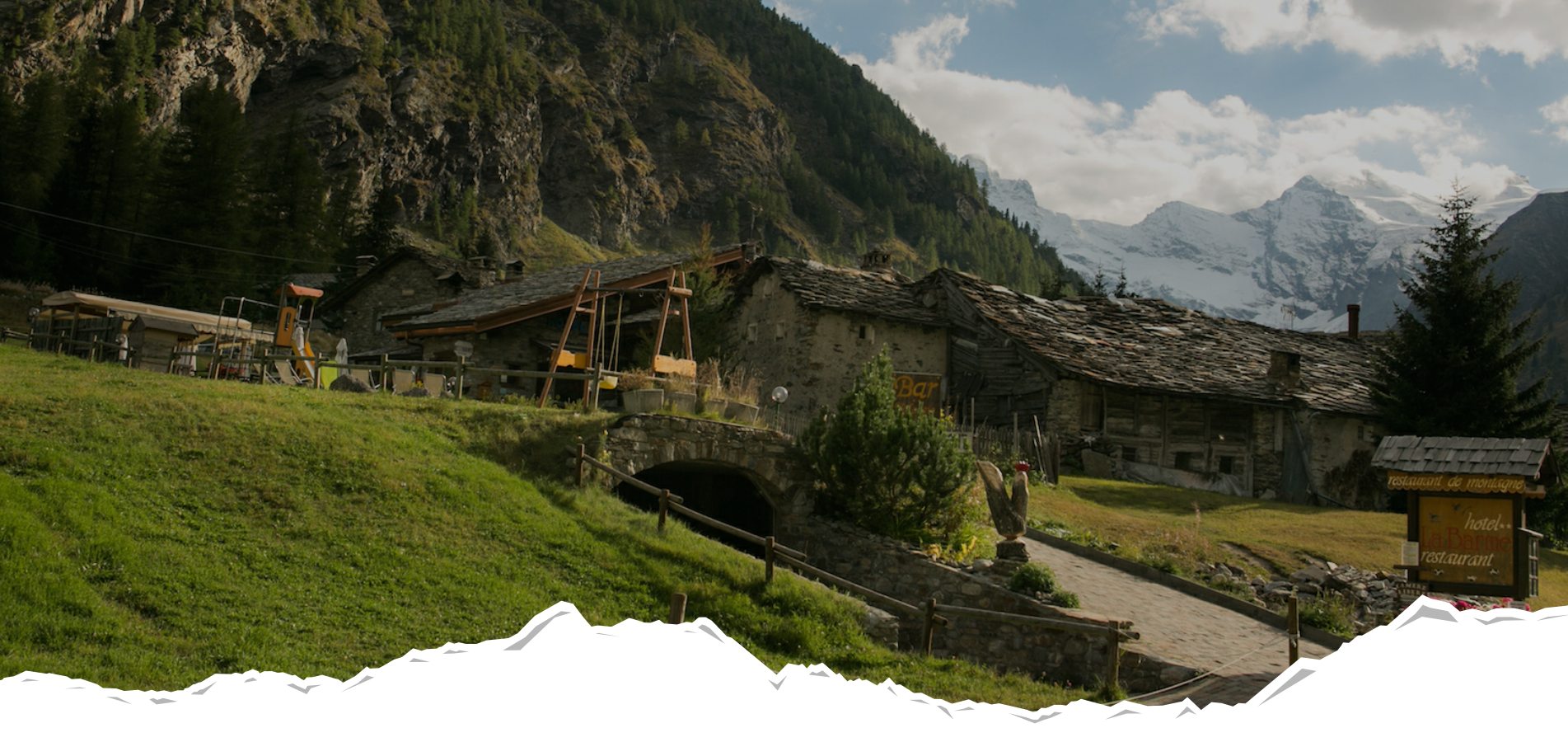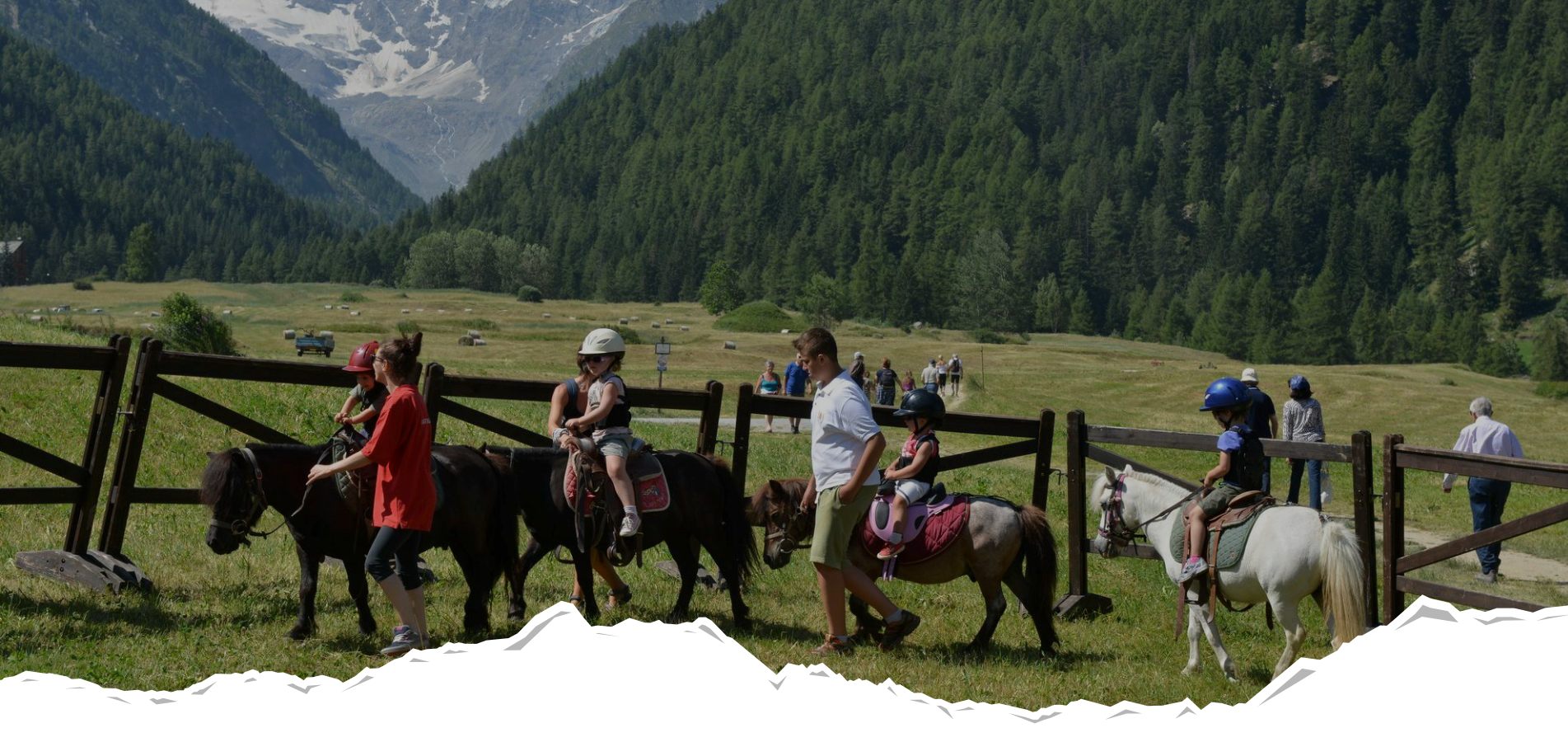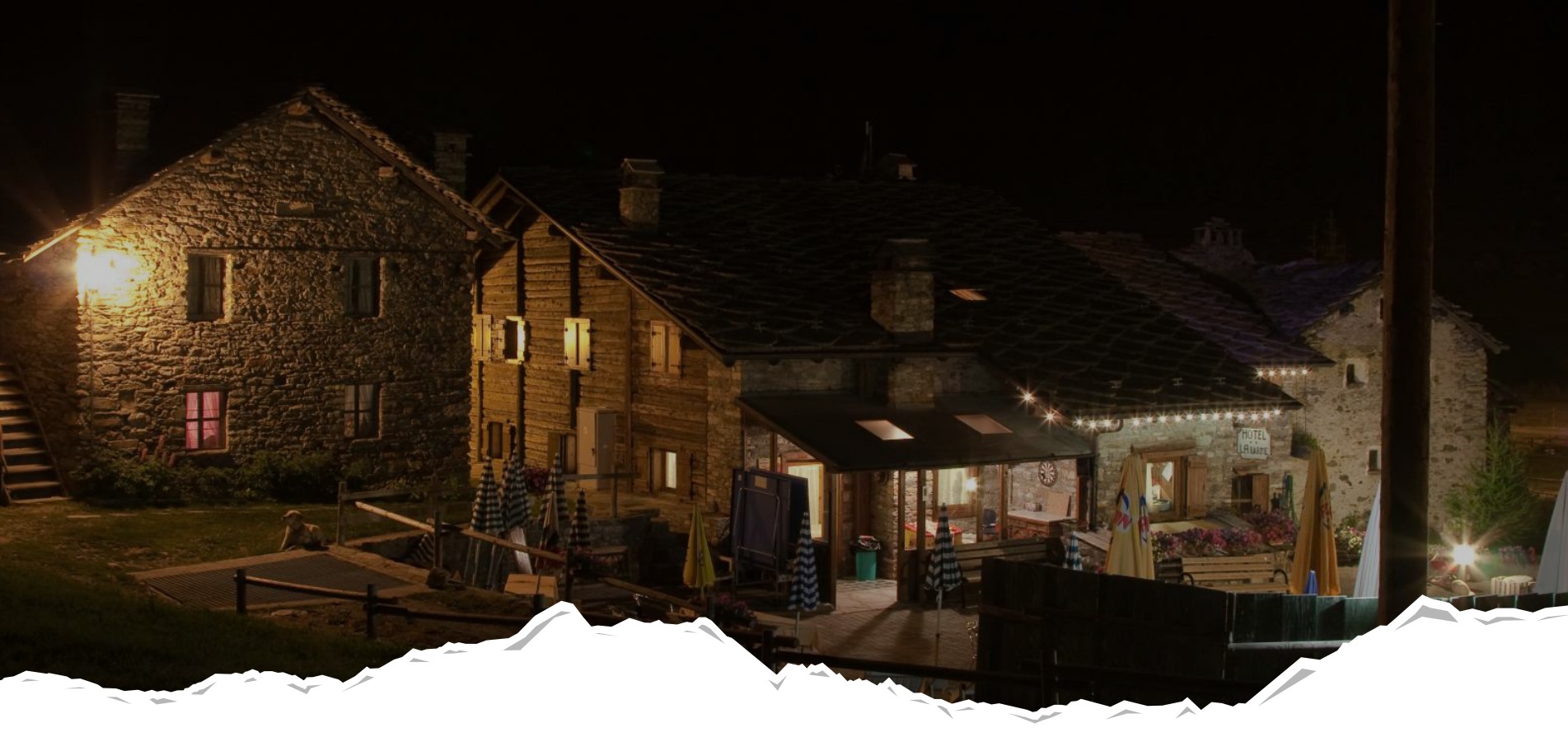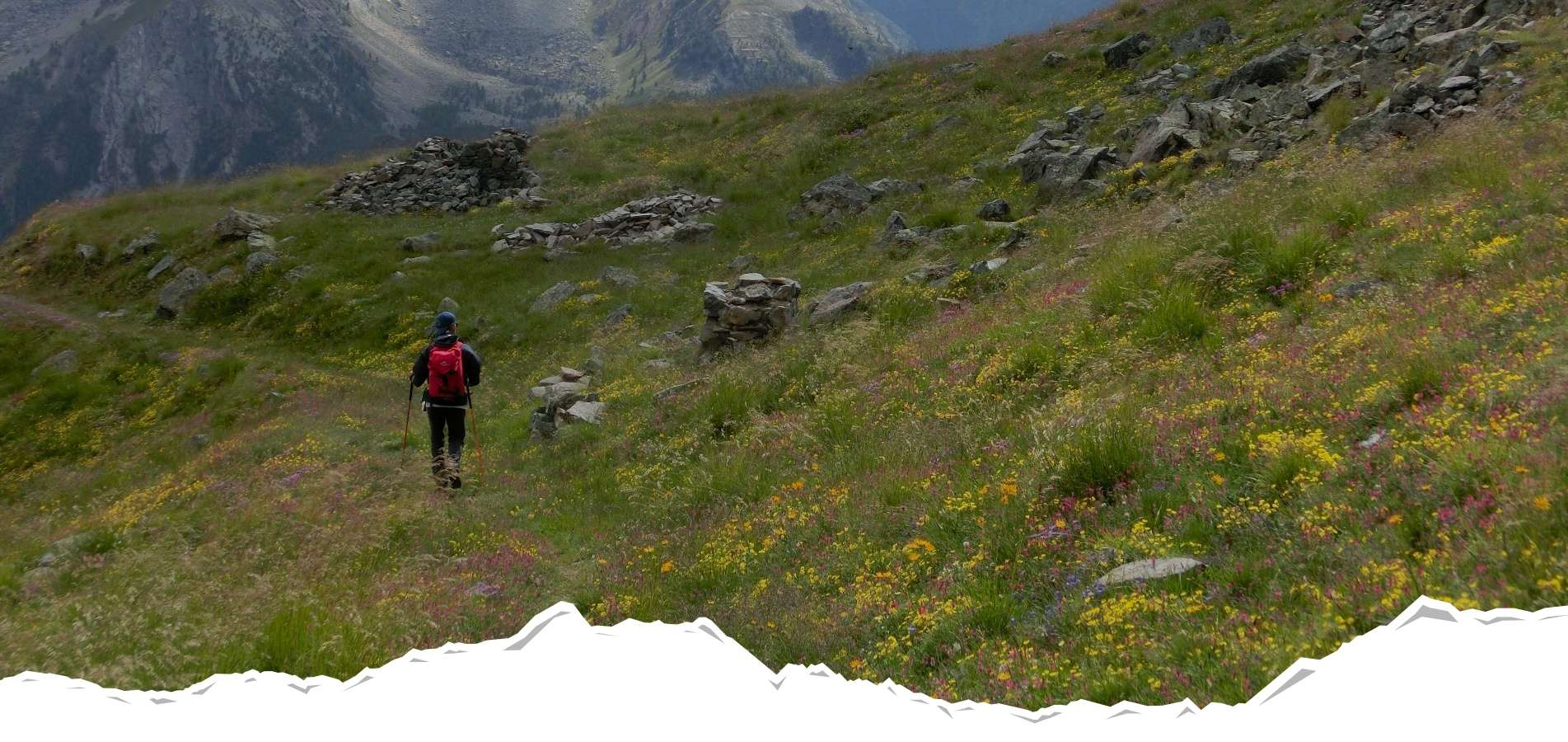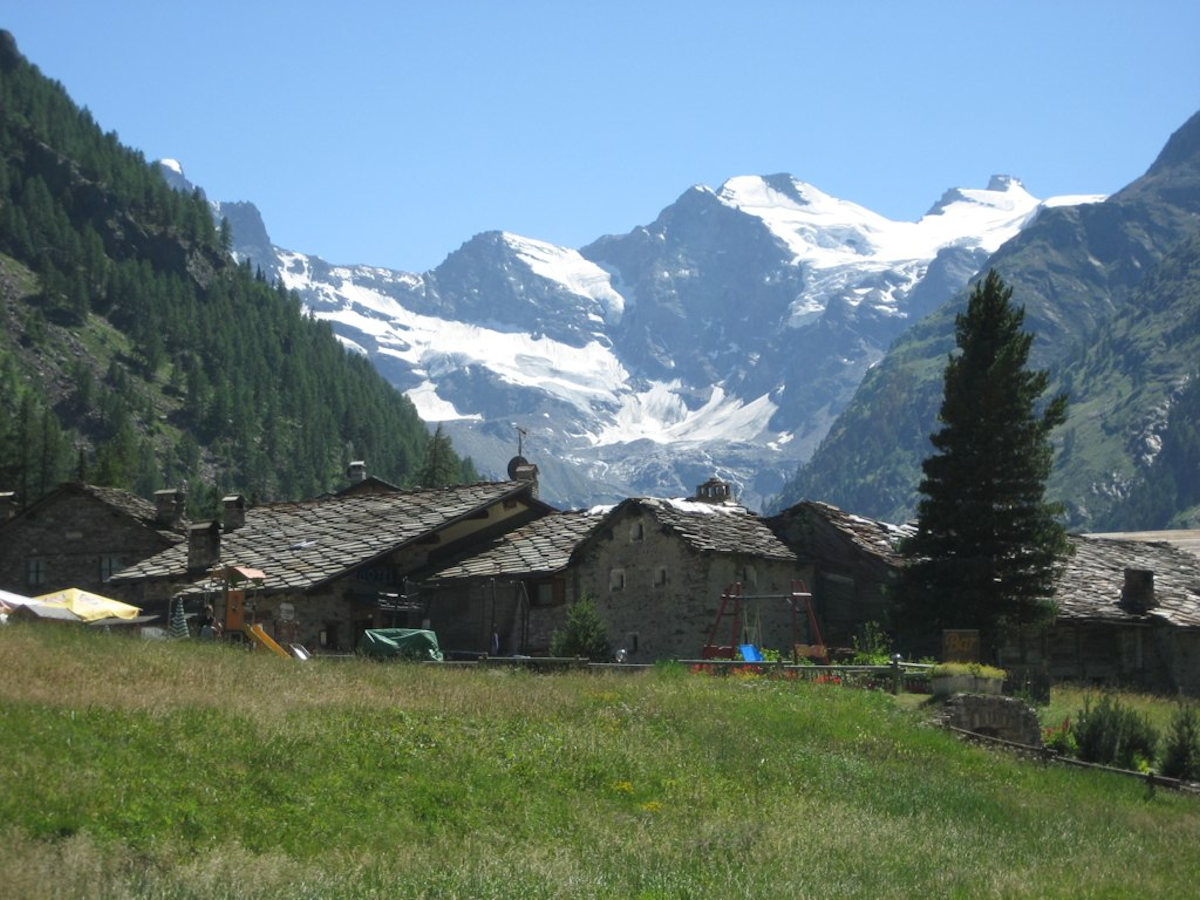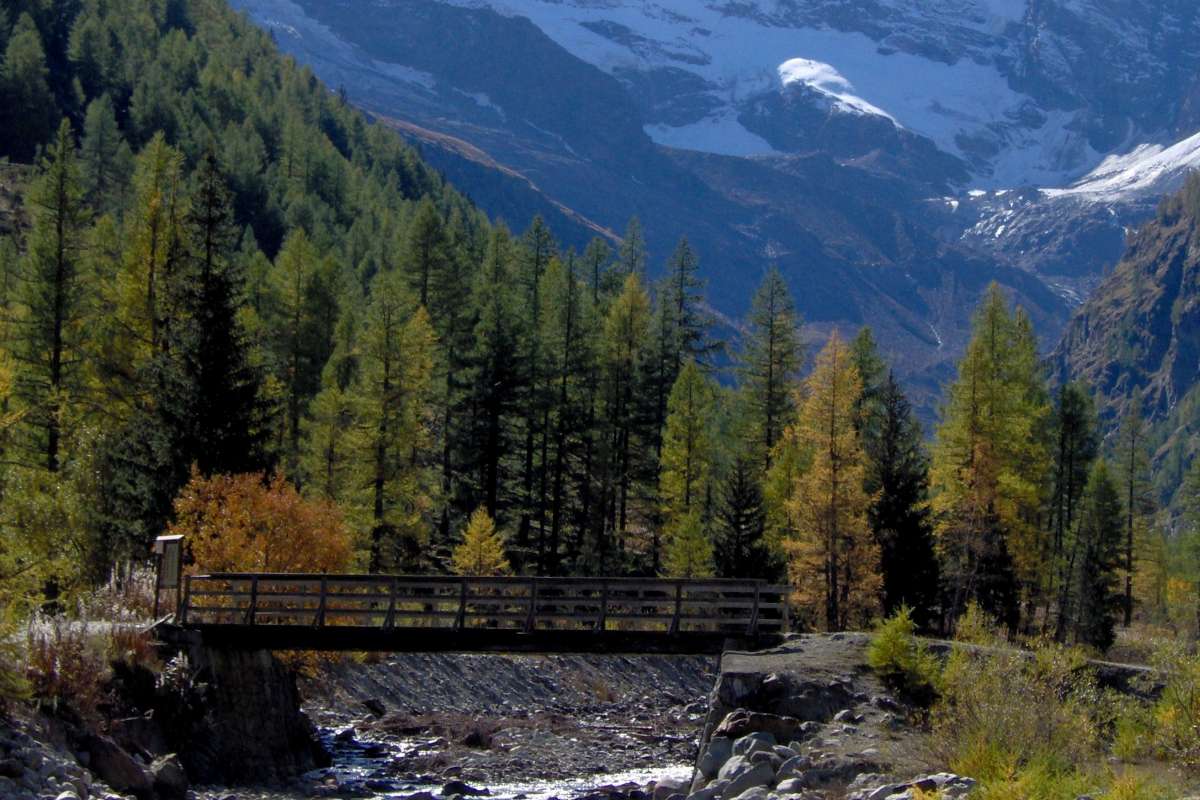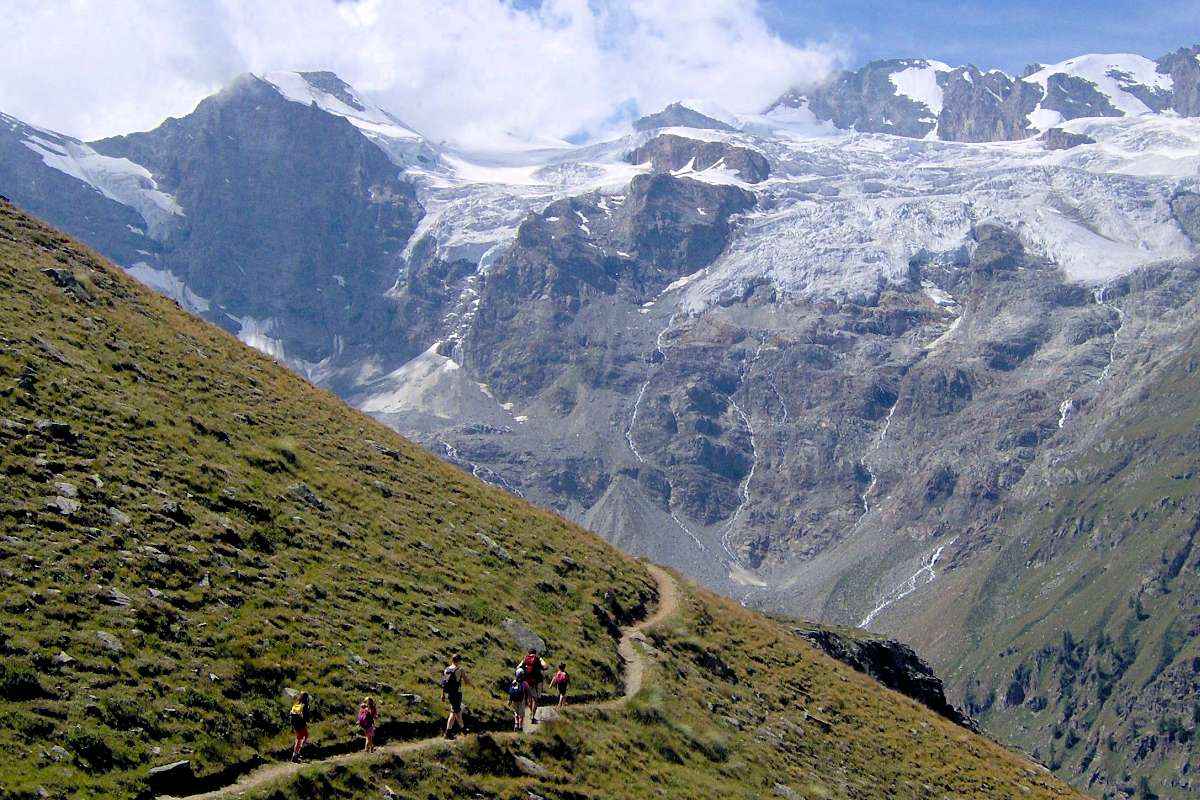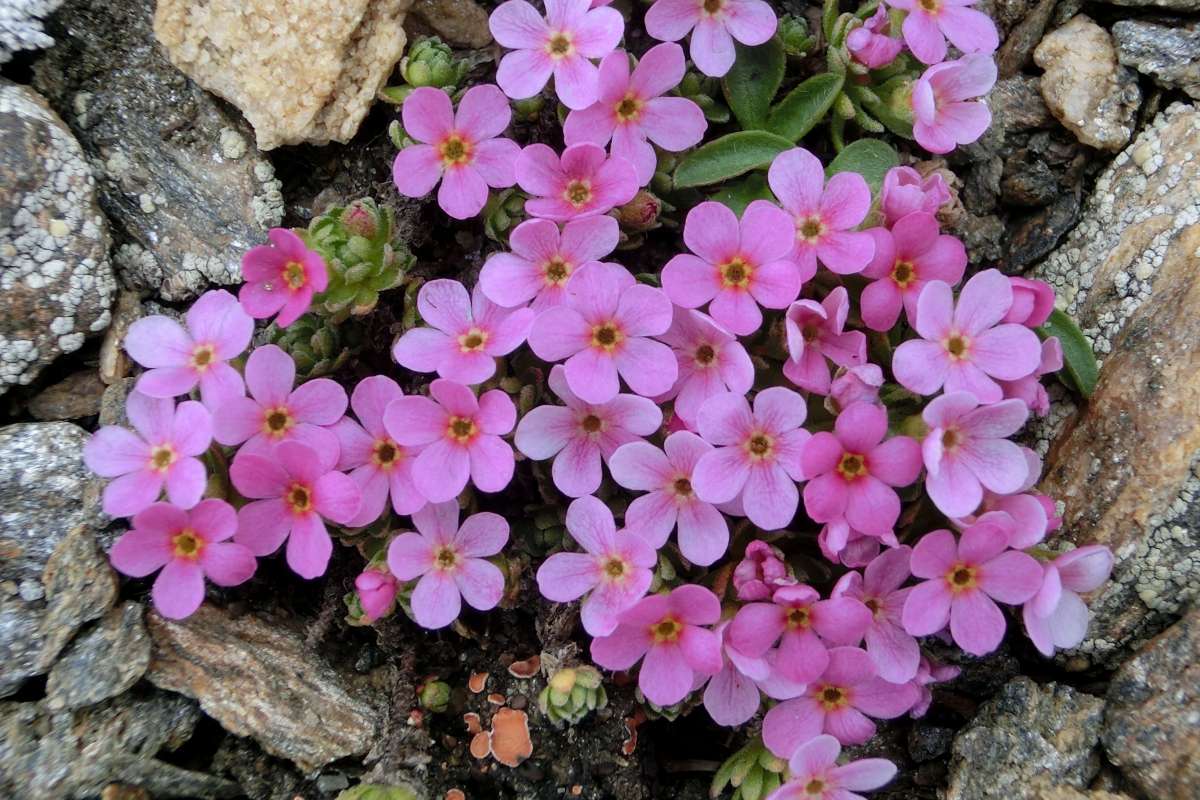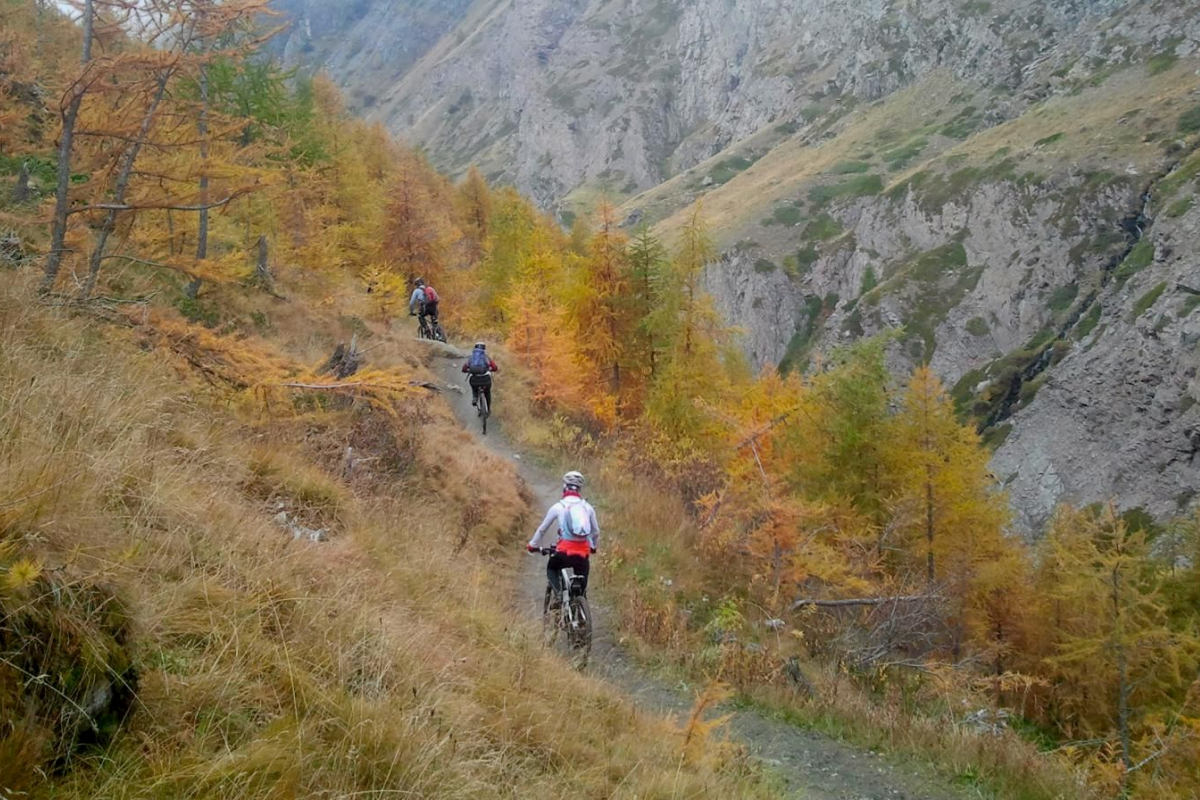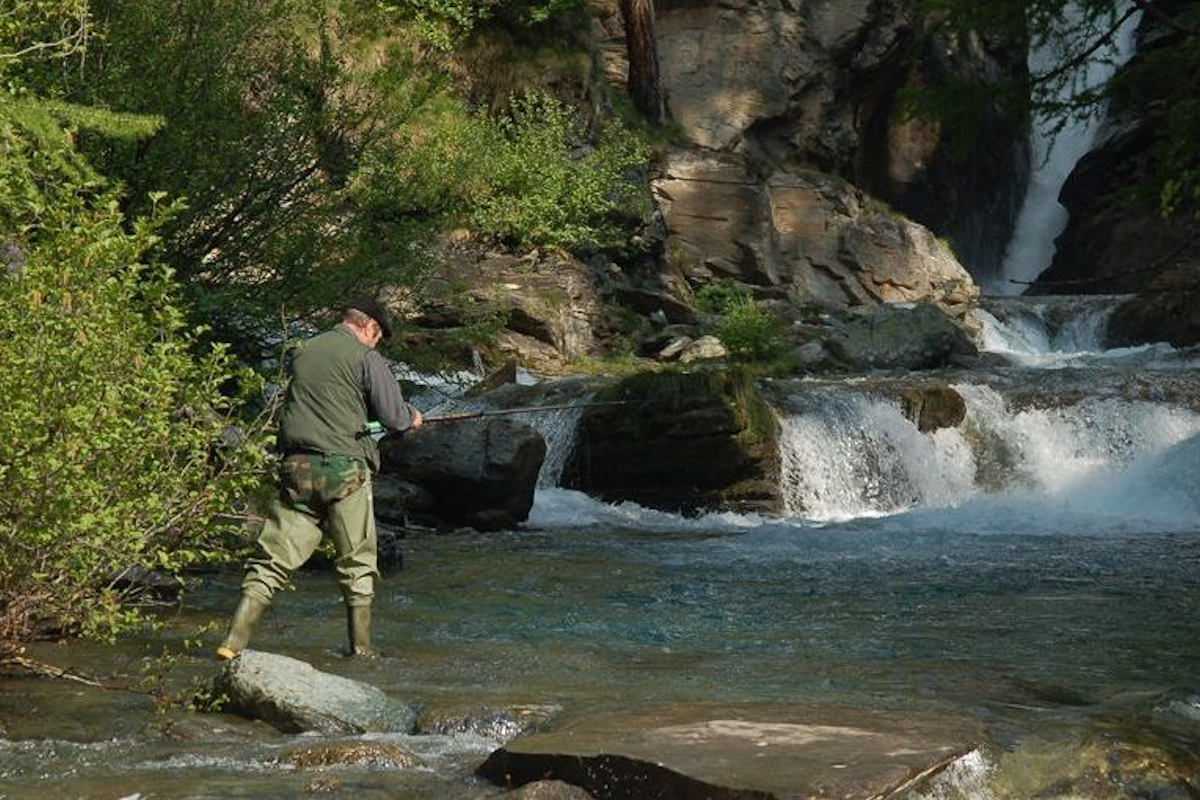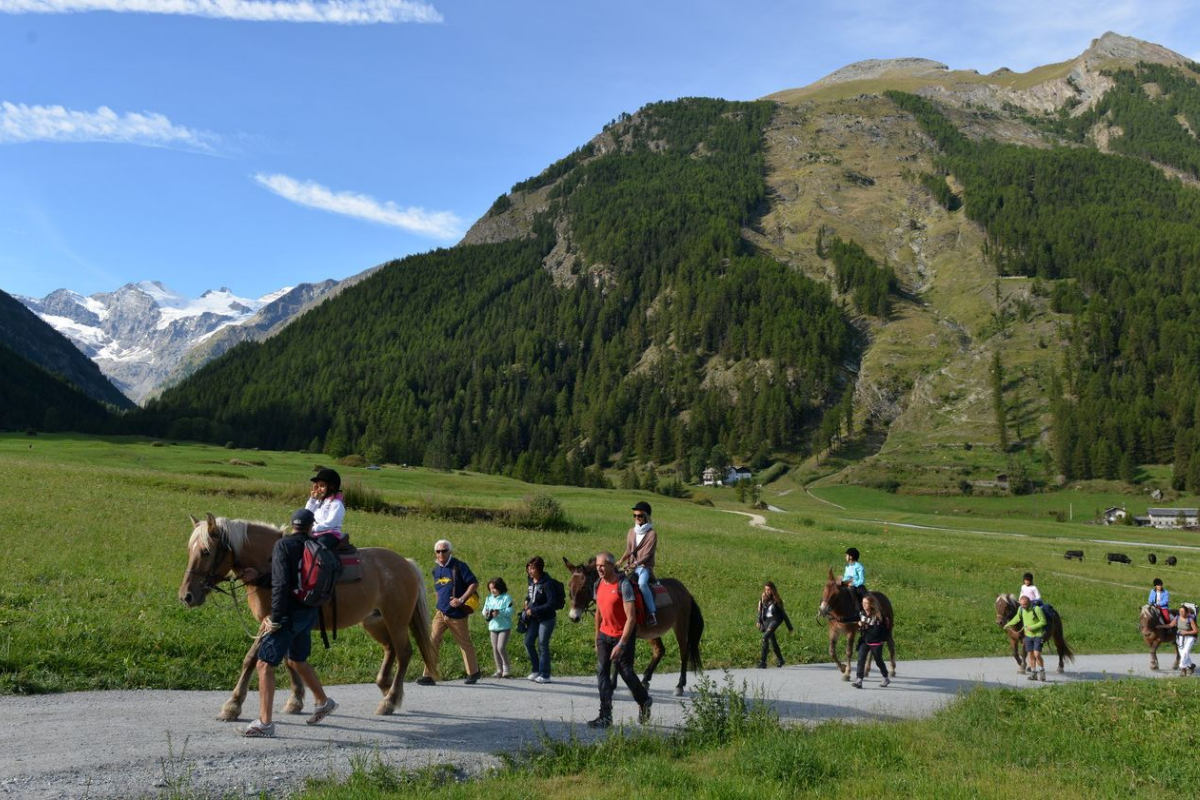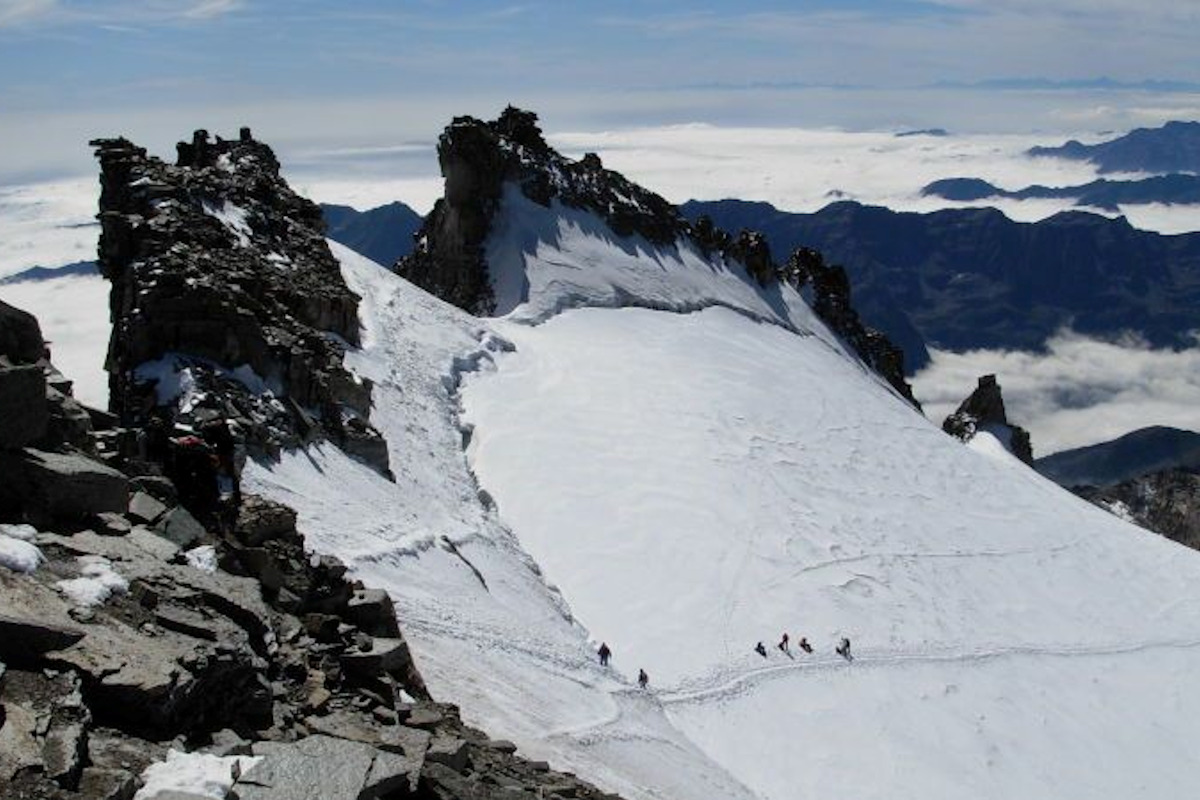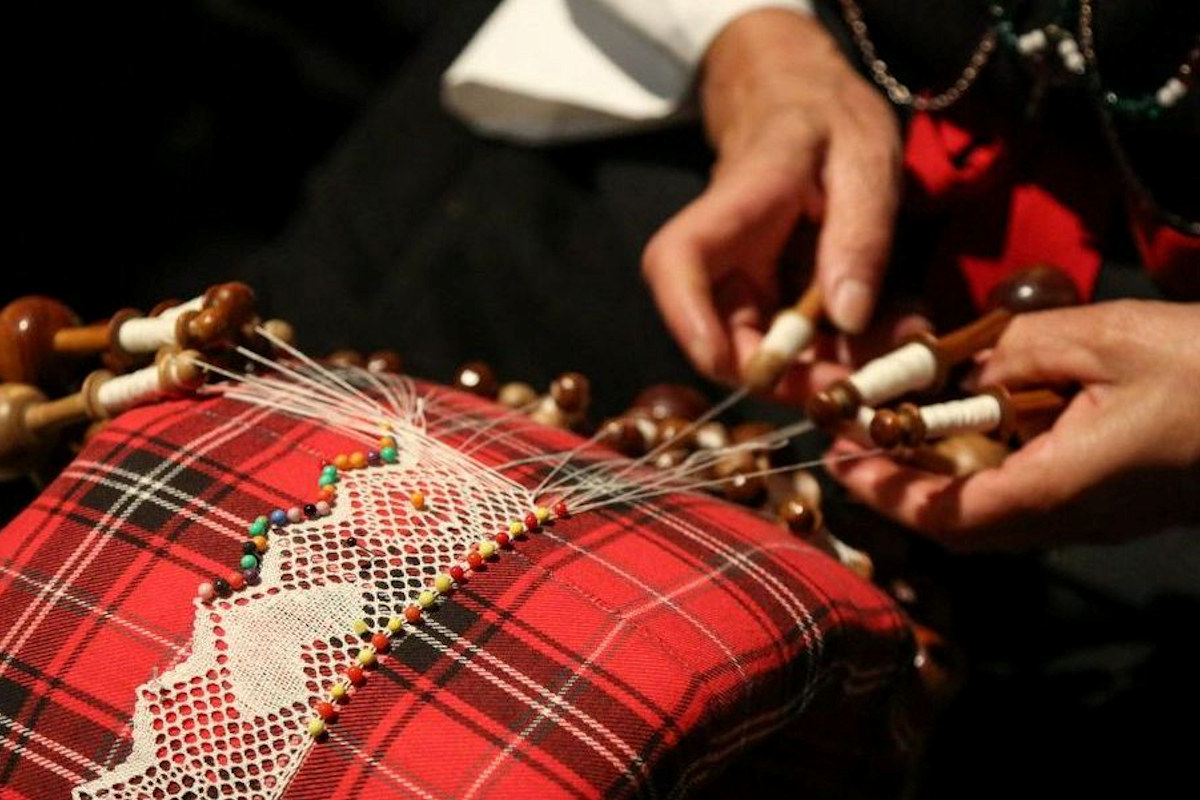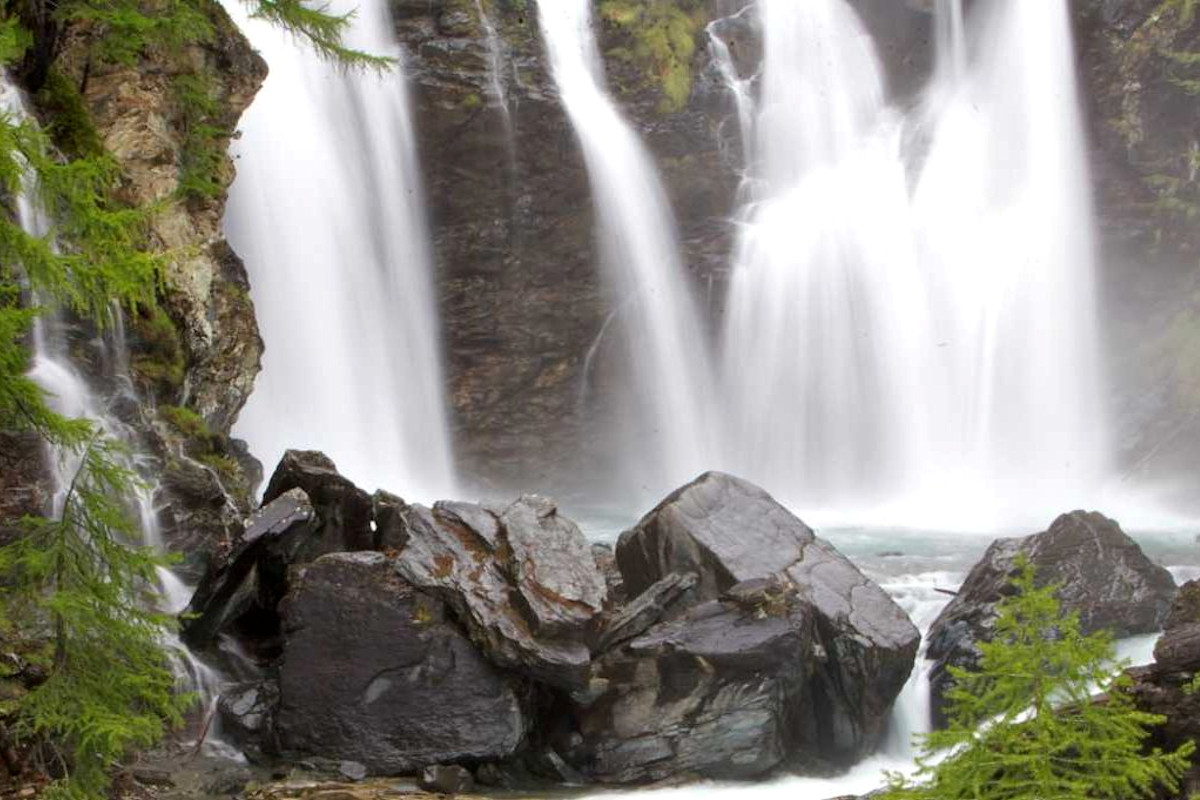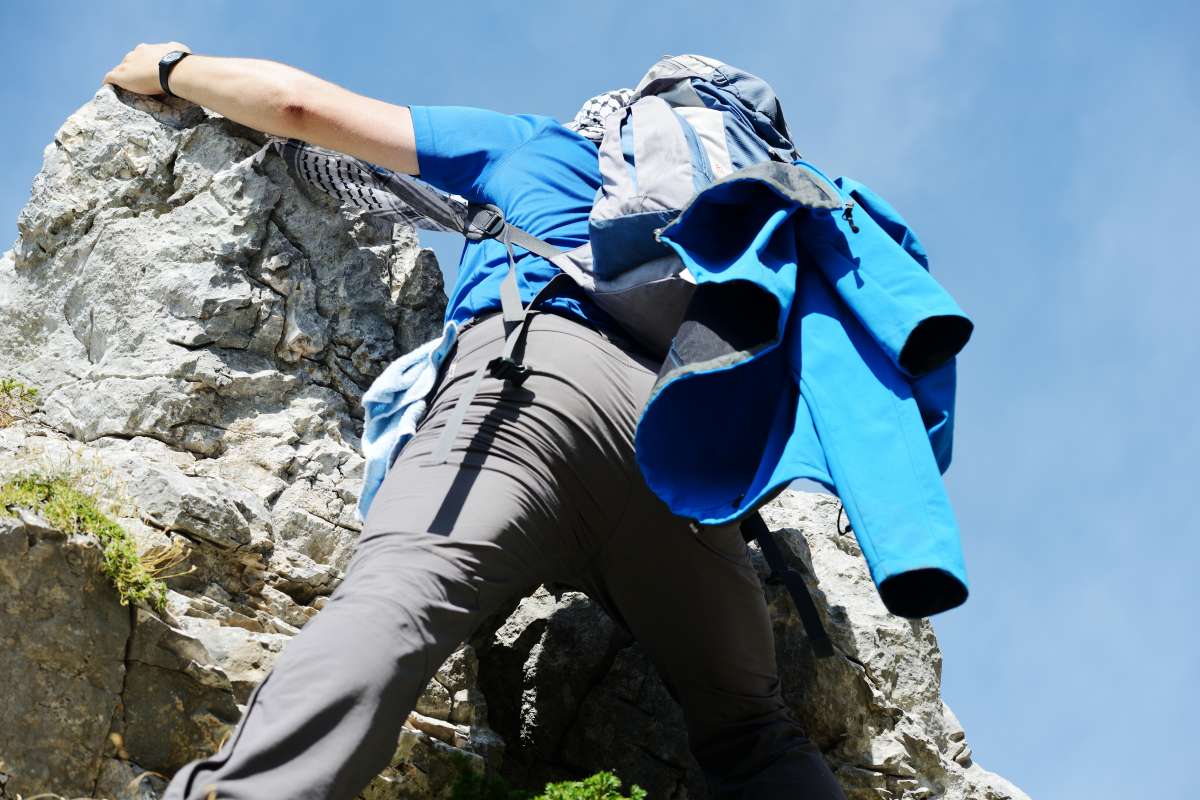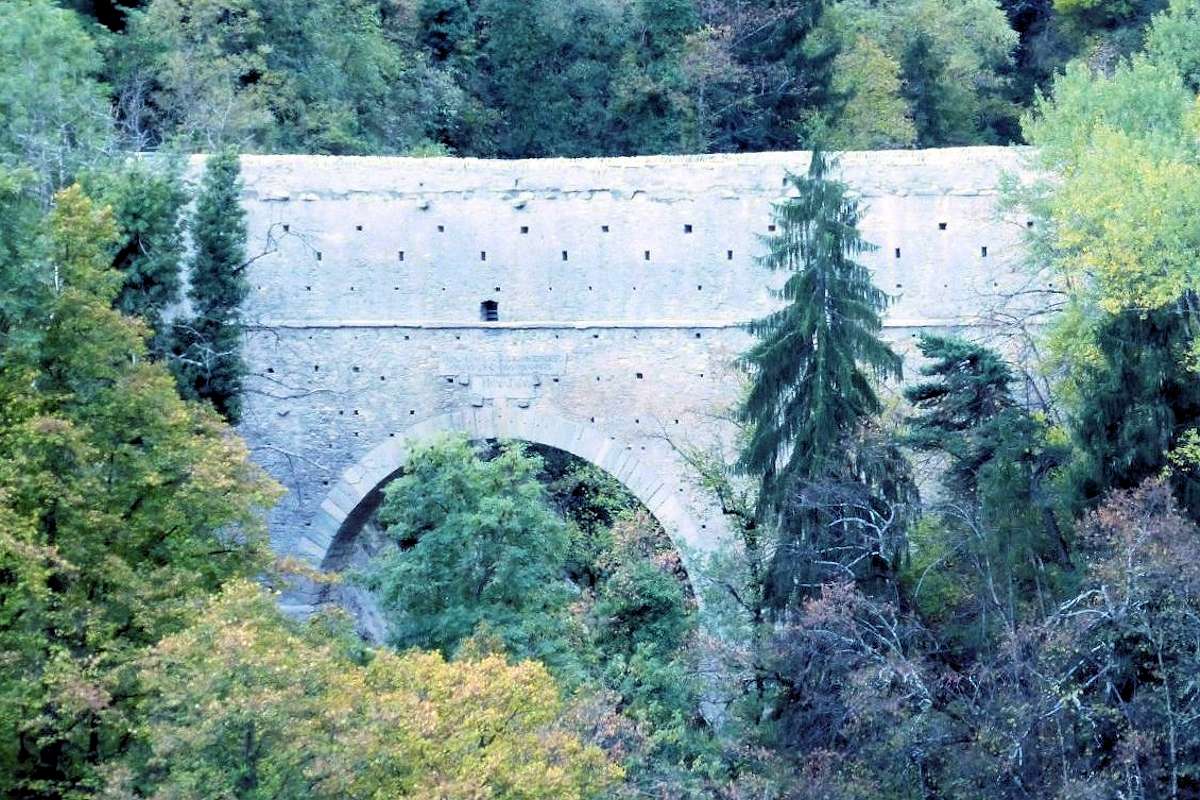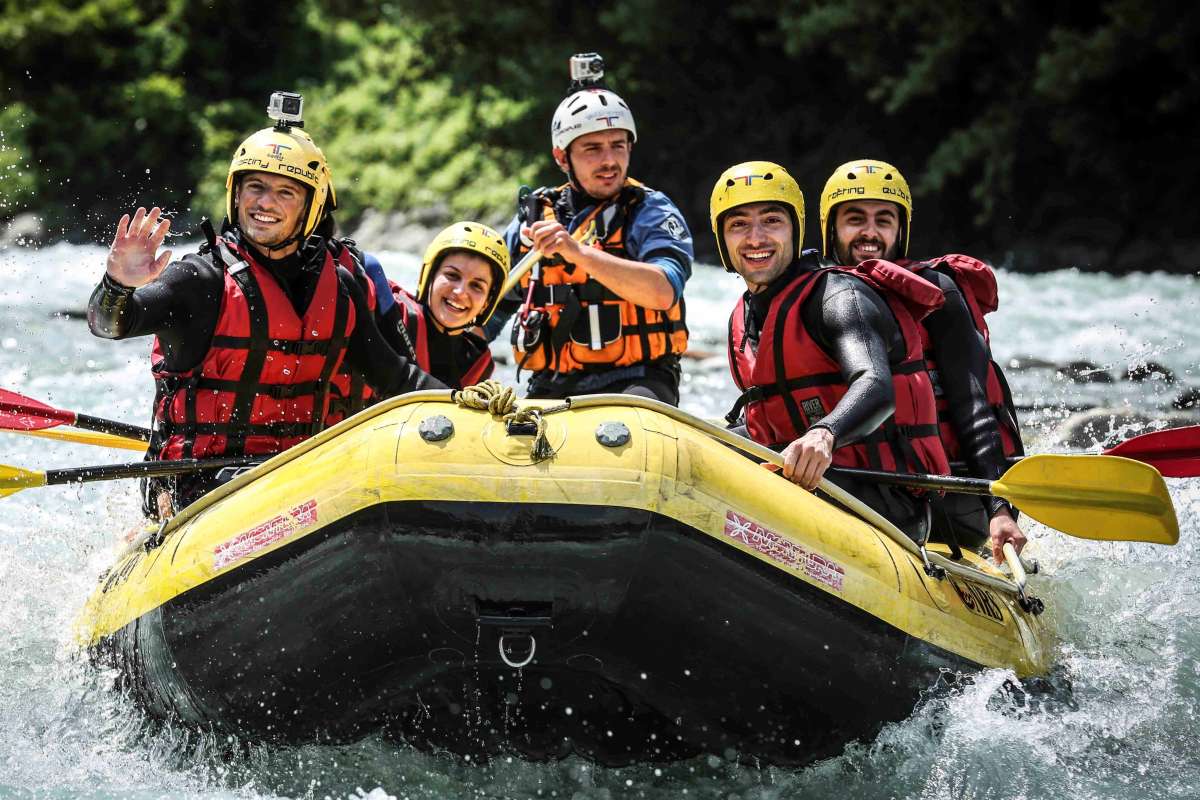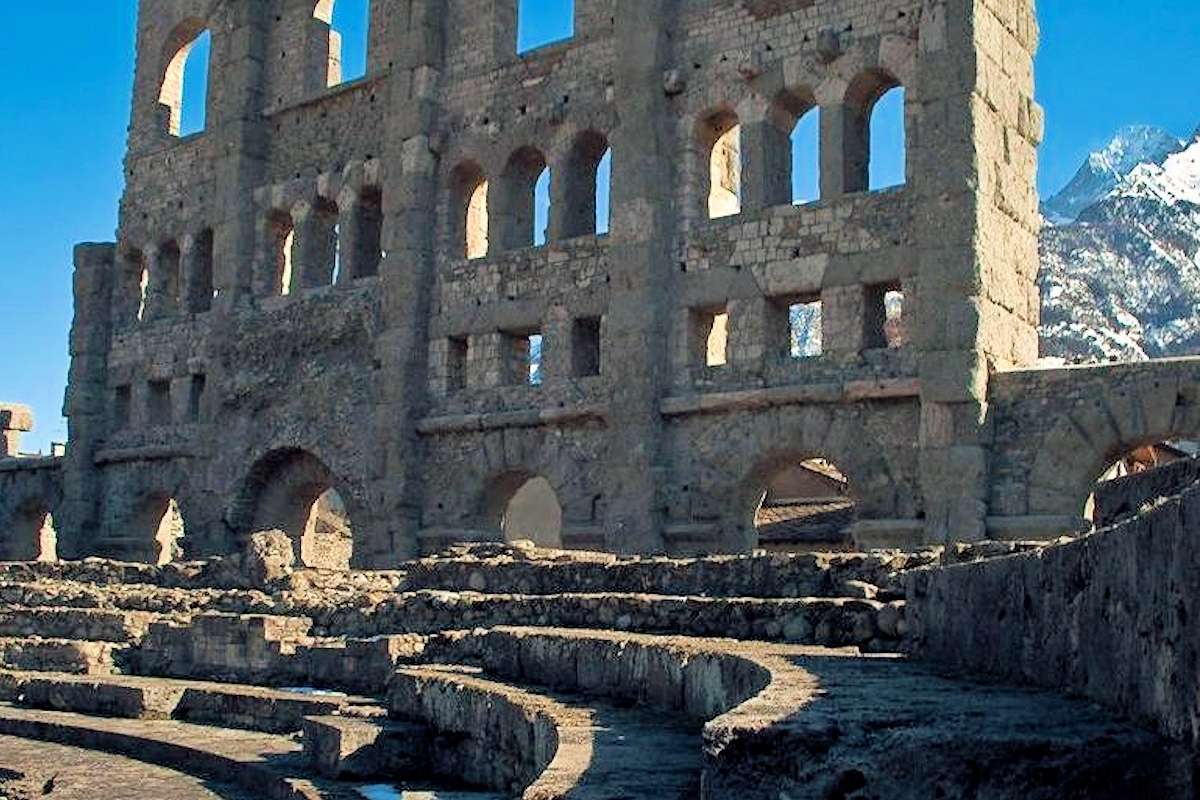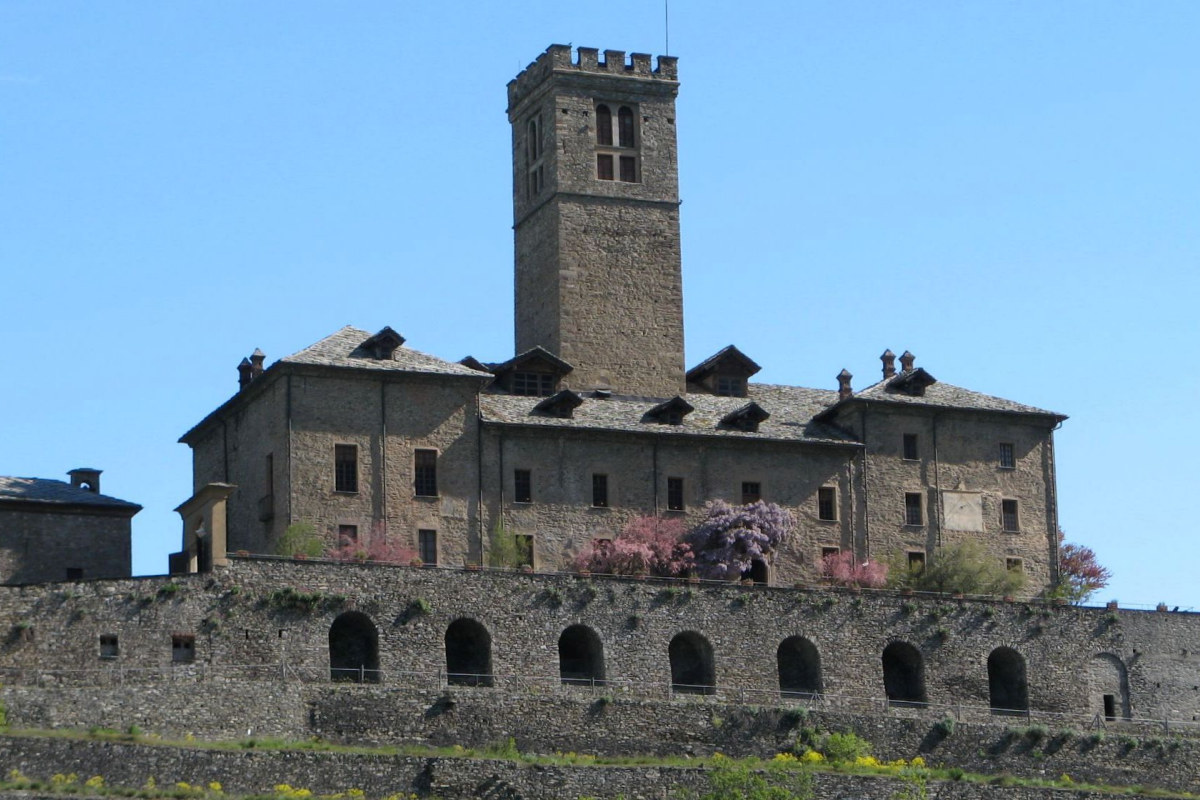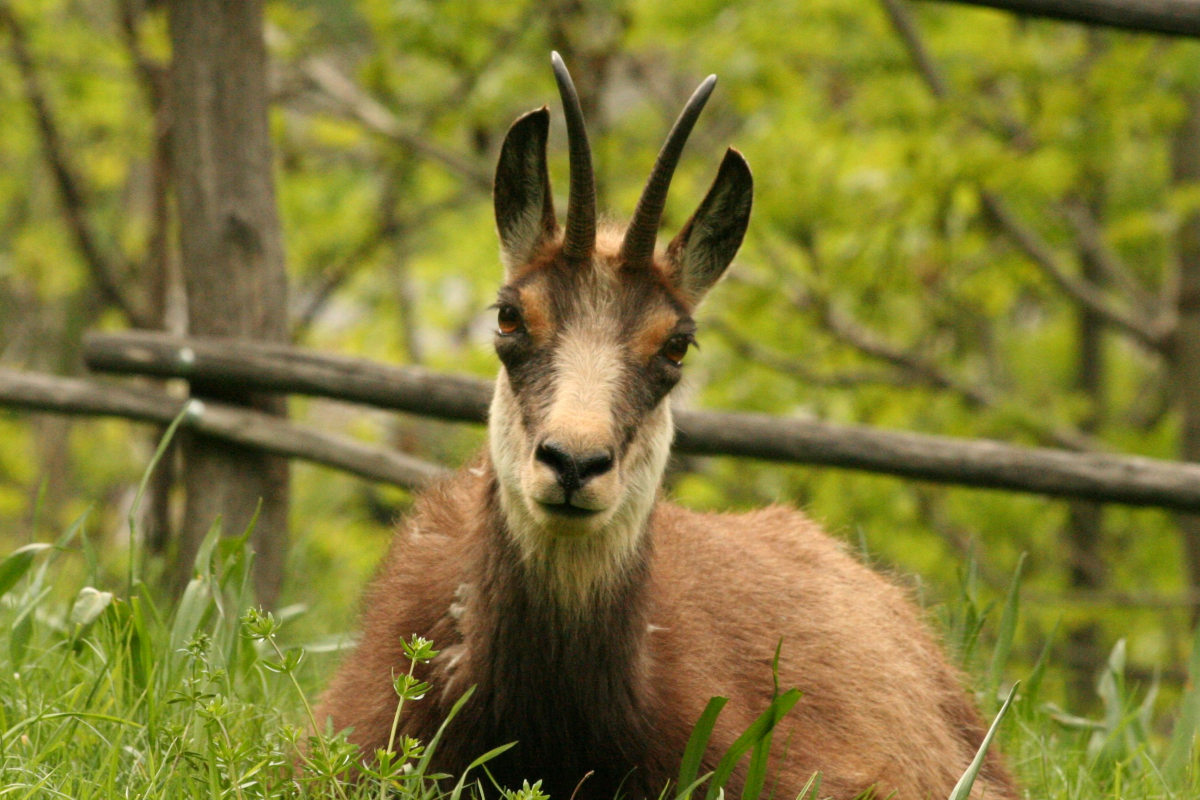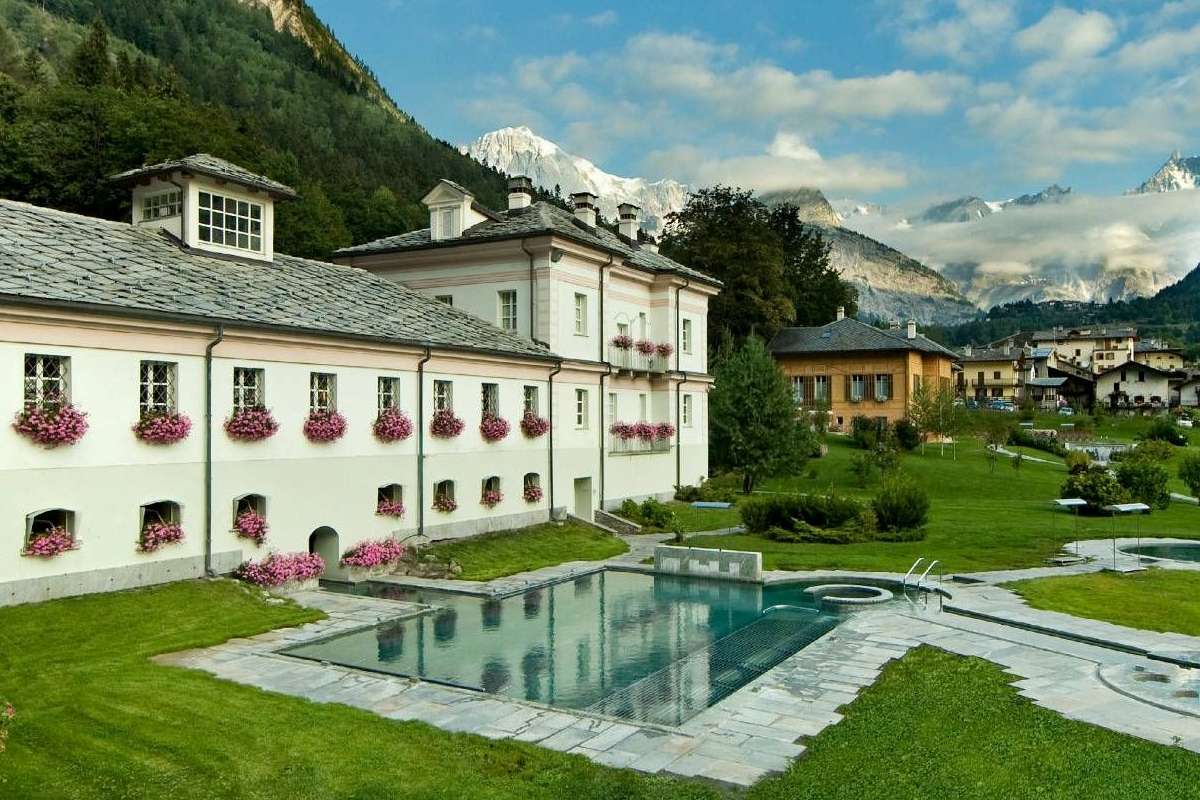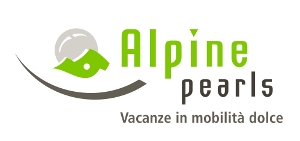Summer
The small and peaceful valley of Valnontey allows you to fully enjoy the mountain atmosphere. In fact we are located well within the Gran Paradiso National Park, the largest and oldest of the Italian national parks. Born from the royal hunting grounds, it is today the refuge of the last ibex, almost extinct in the rest of Europe. Valnontey offers an unspoilt landscape, rich in flora and fauna, with the rare flowers of the Botanical Garden Paradisia. Just 2 km away, Cogne offers numerous leisure activities, between culture, sport and nature. In addition, the Aosta Valley offers several historical and artistic itineraries in beautiful natural surroundings. Set off to explore castles, quaint villages, animal parks, Roman ruins, rushing streams, toning baths in a unique setting, without to forget the spectacular hike in cable car on the Mont Blanc Massif.
Walking
The Gran Paradiso National Park offers a large variety of easy walks and pleasant excursions along well marked paths. They follow the rivers along valley floor, through wild flower meadows and peaceful woods and permit you to rest in an unaffected environment.
Treks
The three valleys that branch out from Cogne offer different trekking tours. Follow ancient mule tracks up to pastures and mountain lakes. The most famous trails go to the refuge Vittorio Sella, the Herbetet or the Money huts, the Loye lake, the Grauson pastures and the Lussert and Corona lakes. Equally beautiful but less known are the Nomenon pastures at the foot of the Grivola mountain, the Trajo valley, or the Valeille valley up to the Arolla alpine houses.
Mountain biking
In summer, the country ski slopes turn into endless trails for mountain-biking. You also can take advantage of the rental directly at the Hotel.
Fishing
The Reserve of the Urtier torrent, the “no-kill” Reserve of the Grand Eyvia stream or the quiet fishing lake of Lillaz offer excellent trout fishing and a wild landscape.
Riding
The riding-school of Valnontey offers a horse-drawn carriage or a horseback ride along the river to surprise chamois and squirrels. For the little ones a nice tour with the ponies.
Mountain climbing
The Gran Paradiso massif, culminating at more than 4000 meters, and the majestic Grivola allow you to follow the footsteps of the pioneers of alpinism.
Dentelières of Cogne
The tradition of bobbin lace has ancient origins and has been handed down from generation to generation. Even today the little girls of Cogne learn to make lace at school in the first grade. Their origin dates back to 1665, when some Benedictine monks of the abbey of Cluny taught local women this type of processing.
Lillaz Waterfalls
From the quaint village of Lillaz an easy path permit you to reach the famous waterfalls in 10 minutes, walking through a forest of larch and spruce. These waterfalls, among the finest in the Valle d’Aosta, make three jumps for a total of 150 meters high. The trails that run along the Urtier river permit you to admire them in their fullness and offer also a splendid view over the Valeille valley.
Climbing
Five equipped climbing walls of different levels and difficulties are available for all free-climbers. The walls are located on a picturesque setting near the villages of Lillaz and Epinel.
Minigolf and tennis
During the summer the bar “La Sapinière”, two steps from Cogne and located in a pine forest along the river, offers a minigolf course, a children’s playground and two tennis clay courts.
Rafting and hydro-speed
Just 22 km from Cogne you can go rafting, hydro-speed, kayaking and canyoning accompanied by trained instructors. The rivers and streams of the Valle d’Aosta will offer you an exciting day in a wilderness.
Roman Aosta
Founded by the Romans in 25 BC with the name of Augusta Praetoria, Aosta preserves important monuments such as the Arch of Augustus, the Porta Pretoria, the theatre, the cryptosporidium and the antic walls. Also interesting is the visit to the church of Sant Orso with its frescoes and its magnificent cloister, famous for its medieval capitals. Aosta is 28 km from Cogne.
Castles of the Valley
The Aosta Valley is justly famous for its medieval castles – primarily the Fénis and Verrès castles, the manor of Issogne and the Sarre castle (residence of the King of Savoy when staying in the Valley) – beautifully preserved and considered among the most representative buildings of the fourteenth and fifteenth centuries.
Parc Animalier of Introd
Situated just 27 km from Cogne, this small park is home to several species of the Gran Paradiso National Park. You can approche animals very close, chamois, marmots, ibexes, you will only have to open your eyes wide to observe them!
Thermal baths & SPA
The “Terme di Pré St. Didier”, a natural hot spring to engage all senses following a well-being route with over thirty water and steam games such as hot tubs, relaxing pools with underwater music, invigorating waterfalls, panoramic saunas, aromatic Turkish bath and outdoor pools for admire the view of the mountains. The baths are 46 km from Cogne.
Skyway Mont Blanc
At 54 km from Cogne, the new Skyway cable cars, extreme engineering challenge at 3500 mt, will take you between the eternal ice of Mont Blanc. You will be immersed in a breathtaking landscape thanks to the 360° rotating cabin and futuristic 3 stations.
Fort of Bard
Located at the entrance of the Aosta Valley, at 75 km from Cogne, the Fort is one of the best examples of barrage-fortress of the Middle Ages. It hosts the Alps Museum, an interactive tour to discover the mountains, as well as interesting temporary exhibitions and events.

HOTEL and RESTAURANT
Village Valnontey 8
11012 Cogne, Aosta Valley
11012 Cogne, Aosta Valley
The hotel has an agreement with the Terme di Pré-Saint-Didier, Spa & Wellness.
Contacts

Phone: +39 0165 749177
info@hotellabarme.com
P.IVA 01004900070
See also

The Residence Château Royal, in the historical centre of the village of Cogne, was created by the sensitive renovation of a medieval tower, ancient hunting lodge of the King Vittorio Emanuele II. The building dates back to 1200 and has been declared a national monument for its historical importance.

